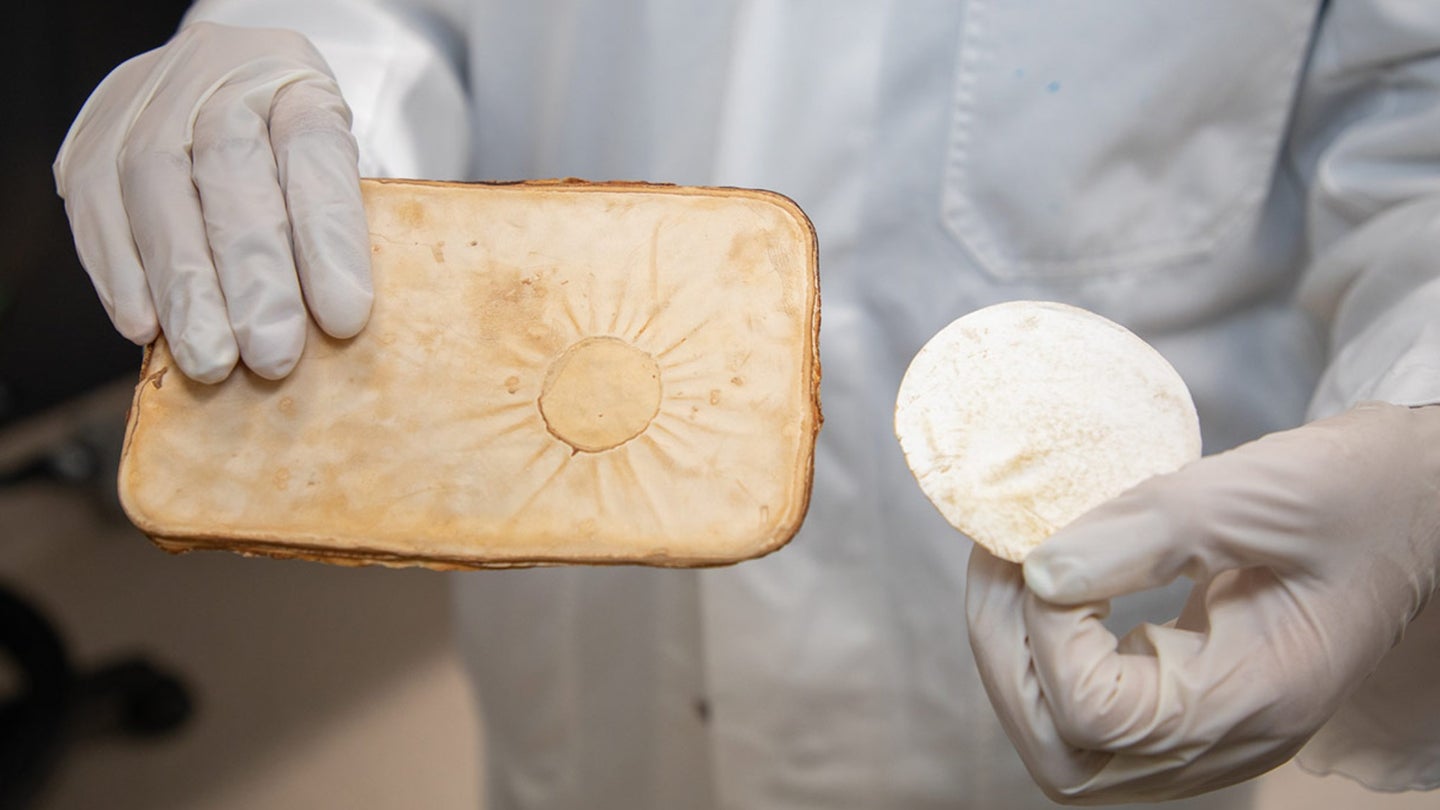
As climate heats up and historic wildfires devastate our planet, finding new, sustainable ways of protecting people and ecosystems from growing fire concerns is crucial. Over the last few years, mycelium, a root-like structure of fungi strands, has become one of technology’s darlings as an ingredient for growable computers, building materials, and leather. Most recently, researchers at Australia’s Royal Melbourne Institute of Technology have made promising strides in turning the unique substance into fire-resistant roofing.
[Related: Inside the lab that’s growing mushroom computers.]
“The great thing about mycelium is that it forms a thermal protective char layer when exposed to fire or radiant heat,” RMIT professor Everson Kandare, an expert in the flammability and thermal properties of biomaterials, said in a statement. “The longer and the higher temperature at which mycelium char survives, the better its use as a fireproof material.”
Kandare and his colleagues published their research on mycelium as a fireproofing agent in the journal Polymer Degradation and Stability earlier this month. The team was able to create paper-thin sheets of mycelium from edible Basidiomycota fungi in containers of sugary sweet molasses. They then added sodium hydroxide to convert the chitin in the mycelium into chitosan.
When exposed to flames of nearly 1500 degrees Fahrenheit, according to New Scientist, the chitosan quickly turned into a protective layer of char. “The material caught fire for about one second then self-extinguished,” coauthor Tien Huynh told New Scientist.
[Related: Fungi spores and knitting combine to make a durable and sustainable building material.]
Many composite cladding panels these days contain plastics, which are a nightmare for human and ecological health when they burn. “Bromide, iodide, phosphorus and nitrogen-containing fire retardants are effective, but have adverse health and environmental effects,” Kandare said in the release. “They pose health and environmental concerns, as carcinogens and neurotoxins that can escape and persist in the environment cause harm to plant and animal life.” Instead, according to the researchers, their mushroom solution only emits water and carbon dioxide.
Of course, plastics are considerably cheaper and easier to produce than growing mushrooms, but Huynh added in the release that leftover organic waste from the growing mushroom industry could one day help bring products like this to scale.
“Collaborating with the mushroom industry would remove the need for new farms while producing products that meet fire safety needs in a sustainable way,” Huynh said.
The post This fungi-based substance might protect homes from ever-worsening wildfires appeared first on Popular Science.
Articles may contain affiliate links which enable us to share in the revenue of any purchases made.
from | Popular Science https://ift.tt/S4sk5XG



0 Comments